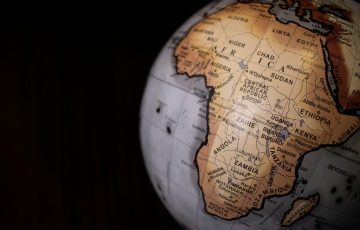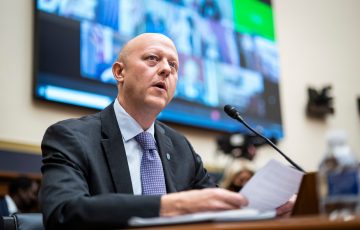
U.S. Regulators: Although FTX was technically an overseas exchange, SBF made no bones that he ultimately wanted to capture the U.S. market. He helped craft regulation known as the “Digital Commodities Consumer Protection Act,” and presented it before Congress and regulators like the Commodity Futures Trading Commission. CFTC Commissioner Christy Goldsmith Romero, who reportedly met SBF three times, has since said this “bespoke regulation” was an attempt to plead “for special treatment” for his “fundamentally predatory model.” U.S. Securities and Exchange Commission Chair Gary Gensler, who knew Alameda CEO Caroline Ellison’s father, is also reported to have had a working relationship with FTX. These agencies are known as “disclosures regulators” in that they attempt to ensure companies are following the law, rather than proactively hunting down crime. Though FTX had grown so large, and had so many connections to the U.S. (including U.S. bank accounts, investments in U.S. firms and U.S. advertising campaigns), without these agencies looking in is a blackmark. It’s telling also, that one of the few FTX units to survive nearly unscathed was FTX Japan, which operated under that country’s stringent financial regulations.







